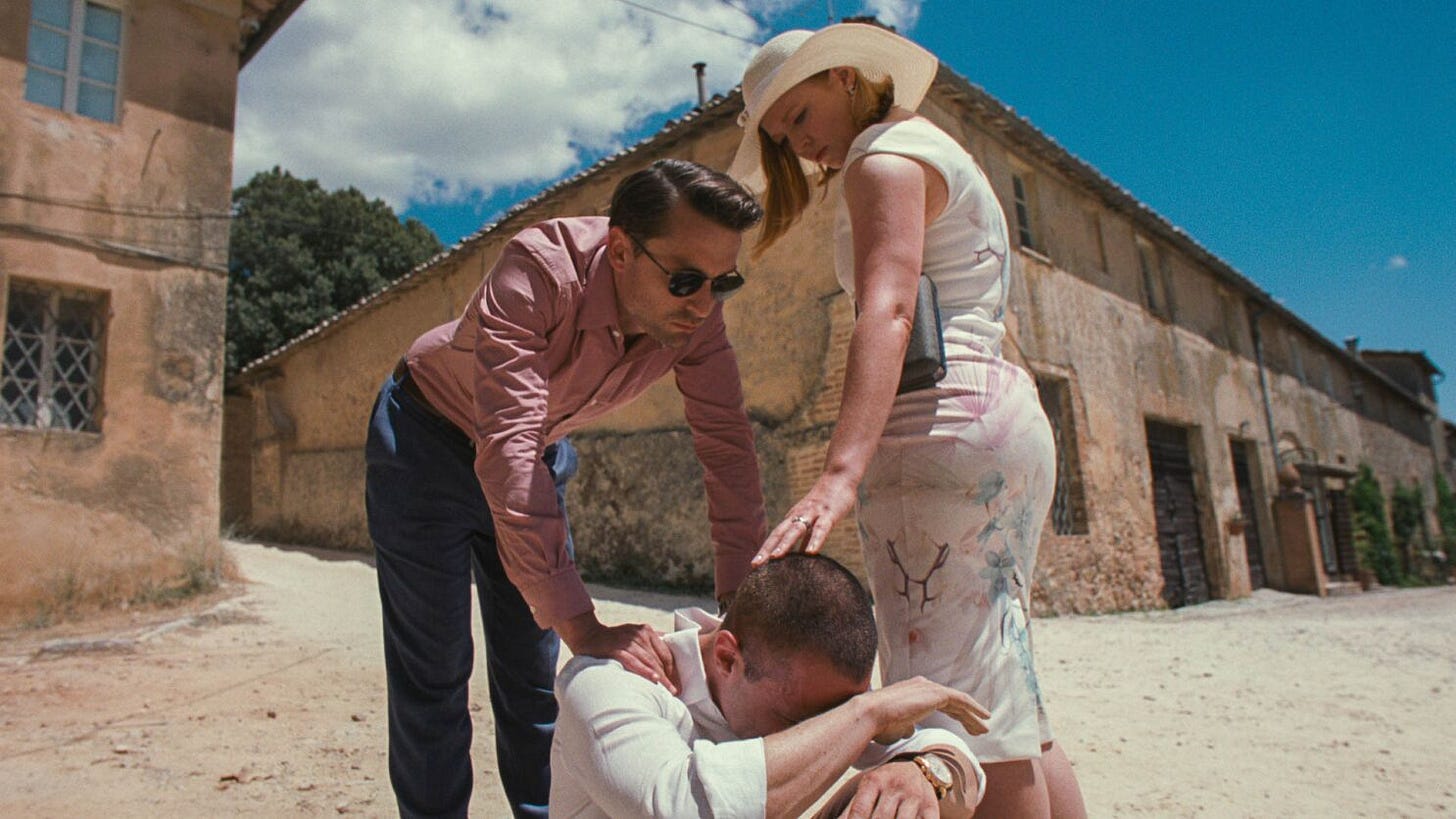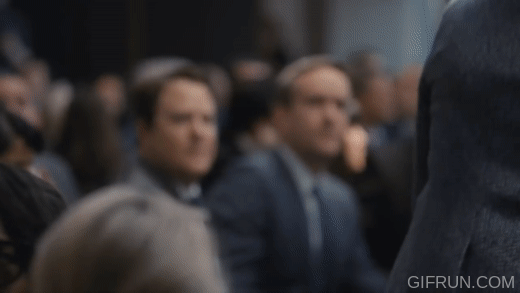Sneaking in on The Roys: A dive into Succession's cinematography
Described as King Lear of the media empire, Succession follows the story of the dysfunctional family, The Roys, and its head honcho, Logan Roy’s attempts to choose the perfect successor for his multi-million dollar media conglomerate, Waystar Royco. Bagging a total of 25 nominations, the most for any tv show, and having won the Emmy for Best Drama twice, Succession has become the hottest thing on tv right now. With Season 4 around the corner, the show’s anticipation is through the charts and has showed no signs of slowing down. Not only does Jesse Armstrong’s incredible writing and Nicholas Brittell’s sophisticated soundtrack make this one stand apart from the rest, but even the way it captures the family’s dynamics is also unique.
If you have watched a few episodes or even a few clips, you might have noticed that the camera movement is unlike anything you have ever seen. Sure, you can compare its visual style with other mockumentary tv shows like The Office, but there’s still a catch. Not following along with me? Don’t worry! We are going to take dissect a few scenes and talk more about them.
The Sneaky Camera
Consider this scene from Season 3, Episode 1, where Logan gets off the helicopter and is walking toward his car:
Noticed something? Observe how the camera appears from the left with a shaky sensation to focus on Logan coming right towards it, similar to a mighty lion walking towards its den.
Now take a look at this still frame from the Season 3 finale of the three siblings (also one of my favorite shots in the entire show):
Yes, we see Kendall being totally broken and his siblings consoling him, but what else? See how the camera is present with the main characters in the center, even though the scene is not aligned straight. It is as if we, the viewers are present on the scene and are trying to absorb every trivial detail of what’s happening, even if this means we have to sit down on the ground with Kendall and try to perceive things from that point of view.
But why such a style?
Let’s compare the filming style of The Office, another one of my favorite shows, and see how the filming style is almost similar to Succession, but still differs.
Consider this scene from The Office, Season 5, Episode 7 (a hilarious one!) where the camera zooms in on Jim’s face:
Noticed the difference? The camera zooming in on Jim’s face and Jim looking straight at it is meant to depict the awkwardness of what Michael just said. The Office regularly uses these subtleties, such as zooming in on the character’s faces to express the feeling of “yeah! we know”. This is something that differs from Succession.
The style of documentary-based filmmaking is definitely not unique, but with Succession, it is different. Think of it in a way as if the cameraman is a “paparazzi”, one of the viewers, and the main role is to showcase the “rich-people” shenanigans that run amongst The Roys.
Now, in comparison to the above, consider this scene from Season 3, Episode 8, where Roman accidentally sends something really “questionable” to his father, and trust me when I say this, this was one of the moments that really had me gasping the entire time from the utter astonishment of the scene, and made me go “He did not….he did not just…….DO THAT?!”:
The entire time I was amazed at what just happened, but did you catch what I was trying to say? Even though the situation was really awkward, the characters did not acknowledge the camera. The only thing you see is the “questionable stuff” and an immediate pan on Roman that makes the audience go, “Woah!”. I believe that to some extent, this shot allows the viewers to step into Logan’s mind and go “Seriously Roman?! What the f*** ?!”, something similar to what Logan might have thought of.
Even while having conversations, we usually observe the cameras being set up in a pre-planned manner to capture the dialogue and the reactions of the actors. This is something you won’t find common with Succession. Almost every time we see the actors having a conversation, we can see that the camera movement is dynamic, almost as if the cameraman, the “paparazzi”, is having a conflicted choice about whether or not to capture everything because there is so much going on and so it tries its best.
For instance, take a look at this clip from Season 3, Episode 3:
As the chaos unfolds, you can see the camera moving in all different directions. We see Shiv’s horrified look, a zoom-in on the JBL speaker (the source of the chaos), Logan silently rolling his eyes, silently judging and observing how the members of the company are reacting to this disarray, Roman trying to hold his laughter, etc. There is so much going on and thus you can see how the camera movements are rapid, trying to capture every minute detail. The scene ends with Shiv being furious and getting off the stage, which again is a sight to be brought to the viewers.
With observable imperfections such as disordered framing, double zoom-ins, and rapid camera movements, the key purpose of such a style is to hook the audience and make them feel as if they are a part of this expensive media empire, be able to sit and take part in the intricate corporate deals that unfold in Waystar’s huge glass-doored conference rooms, the deep inner circle conversations that take place in a humongous, million dollar apartment in Central New York, etc. I mean Forbes does estimate The Roys to have at least $46 billion in wealth so it suffices to say that they have the best view of Manhattan.
Film or Digital
The show’s executive producer and the director of the pilot, Adam McKay, insisted that Succession be shot on film. Even at this stage, when digital cameras still have room for improvement, having made this decision must have been a tough choice.
Cinematographer Andrij Parikh says “I think the result of that decision, to use 35mm, helped to give Succession a special visual platform that is markedly different – dirtier, with more texture and feeling” (in conversation with Kodak). I think shooting on film was definitely the best idea because, for a show like Succession, it makes sense to shoot it on a medium that fully justifies the grandeur and complexity of the show. The film allows the scenes to have a darker tone, which also helps in visually conveying trauma and history of abuse, the central themes of the show.
Conclusion
Succession is truly a masterclass, not only in terms of writing, acting, production design, costumes, and soundtrack but also in the way it is shot. In conclusion, this method of the cameraman, acting as a “paparazzi” on behalf of the viewers, fully justifies the show and takes it to a next level.
Succession’s fourth and final season (still processing this news) drops on March 26th, 2023, on HBO Max.










